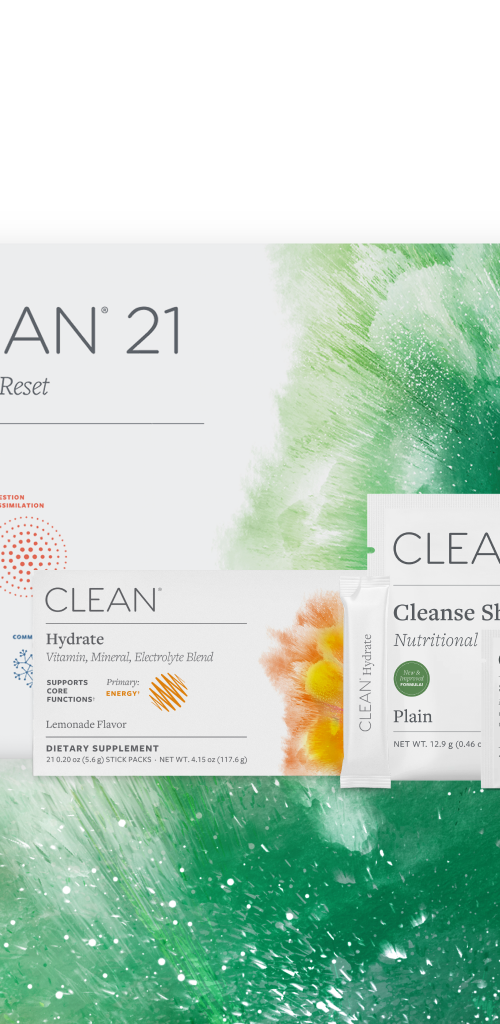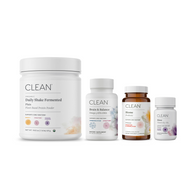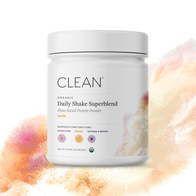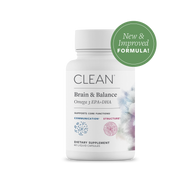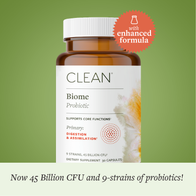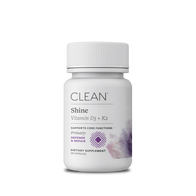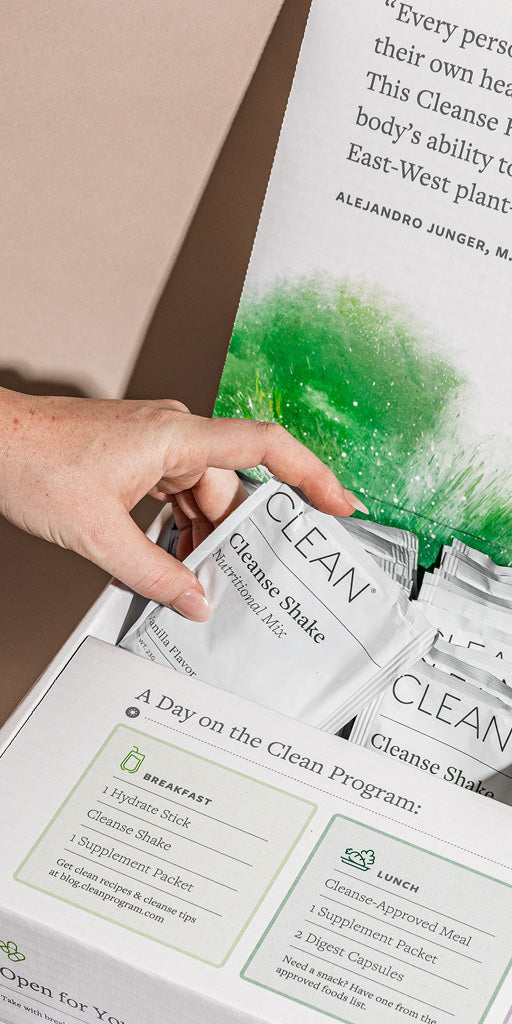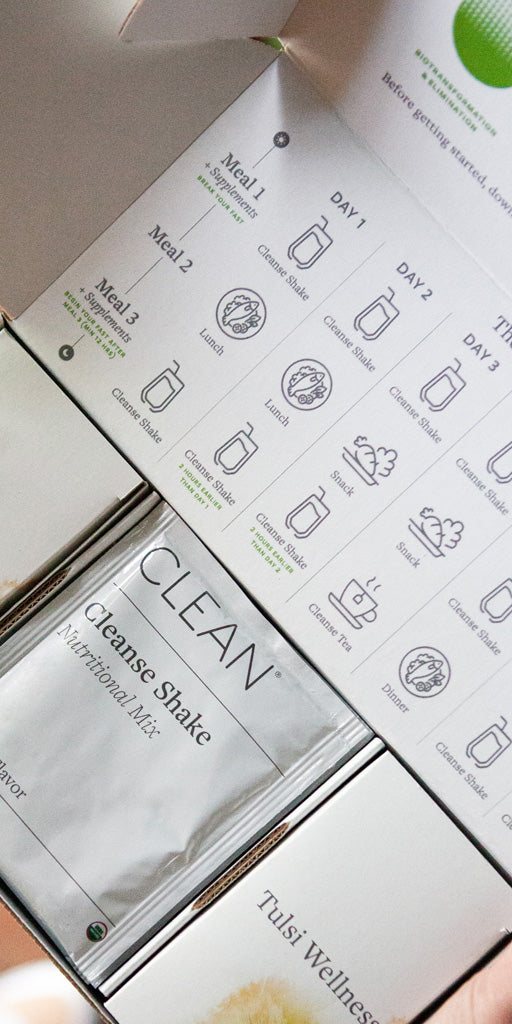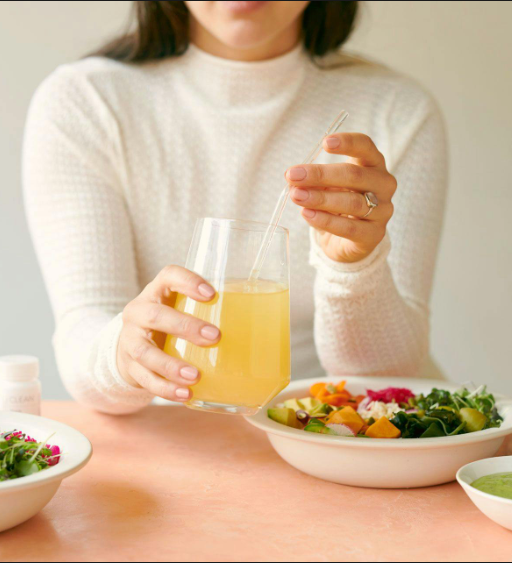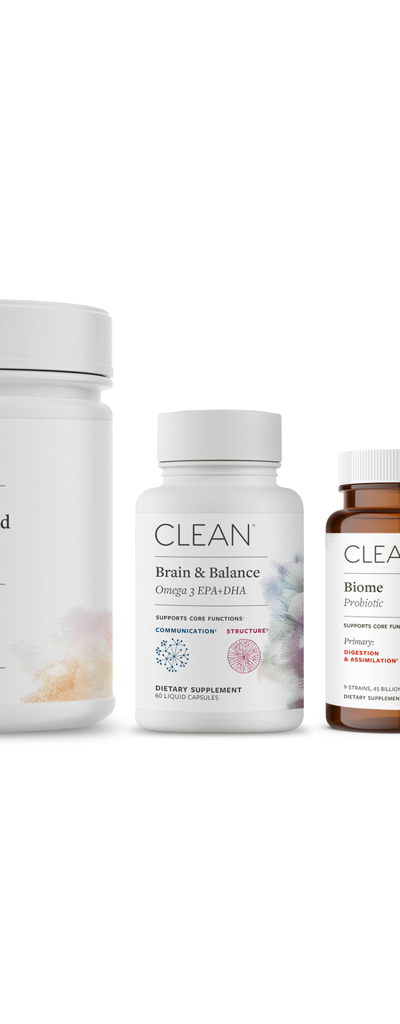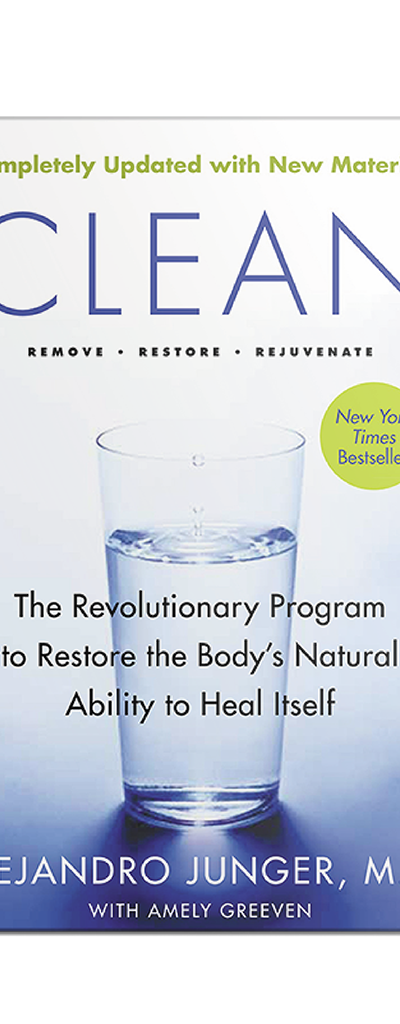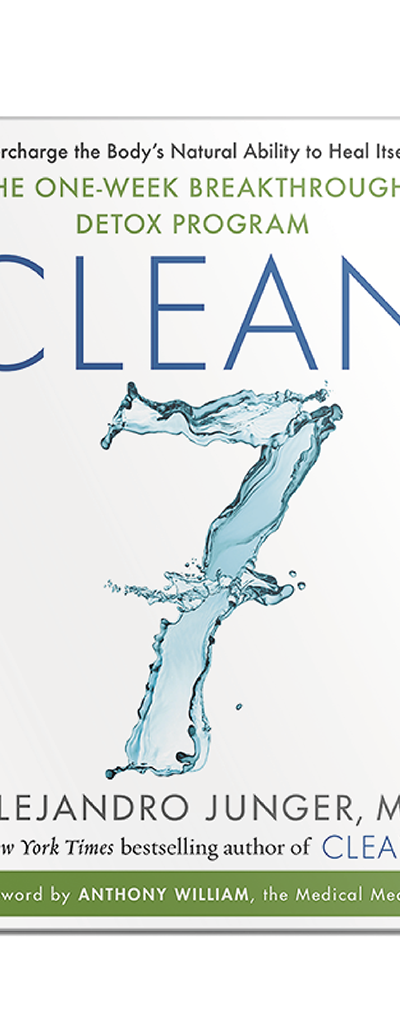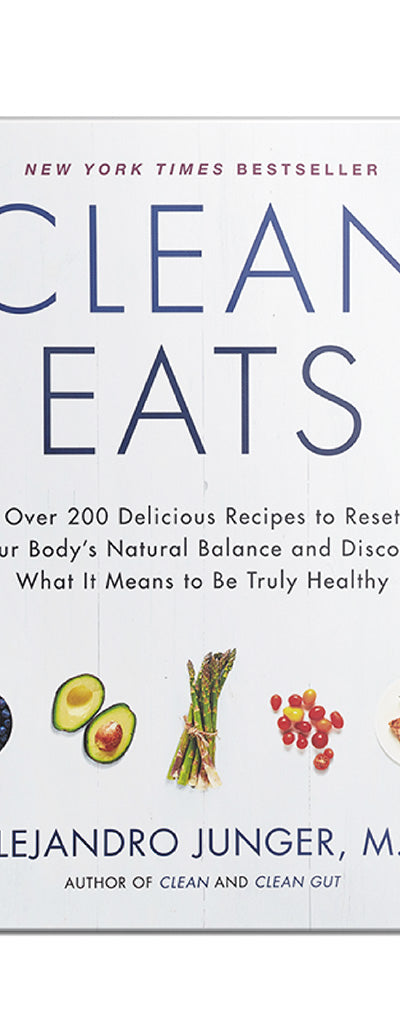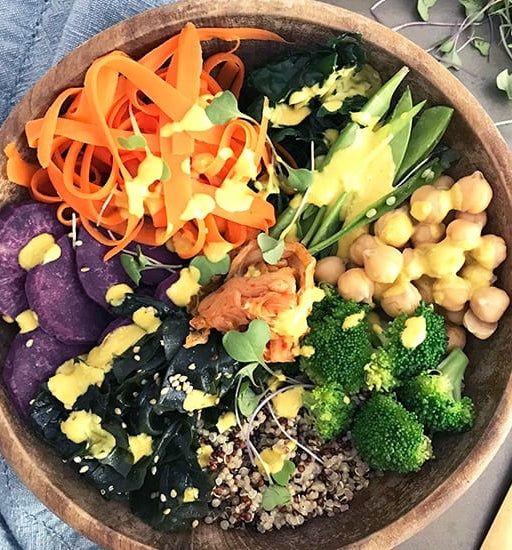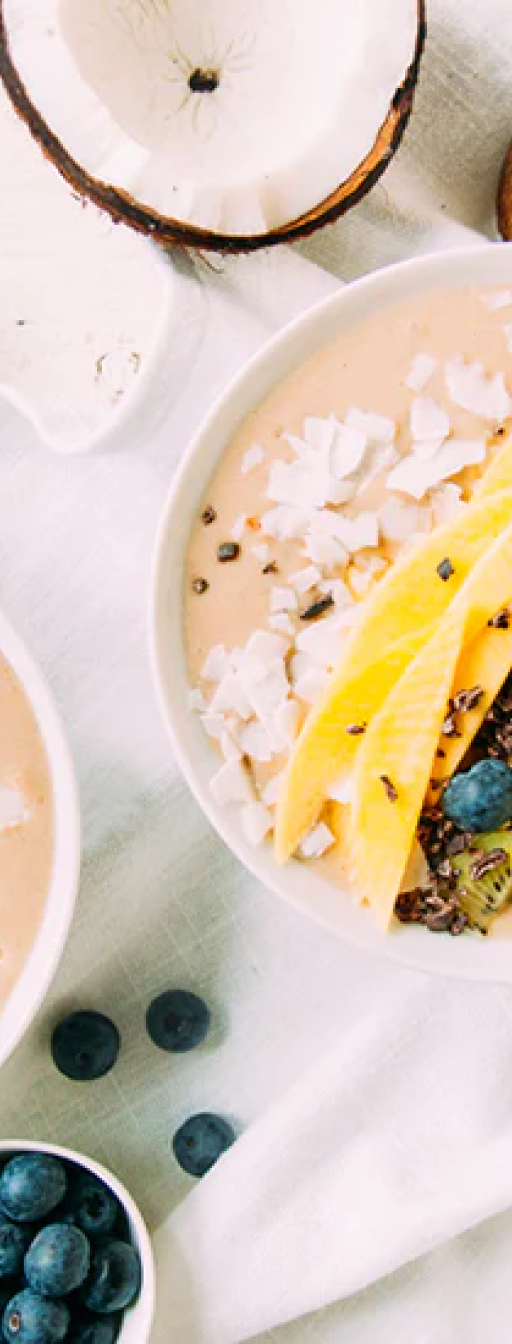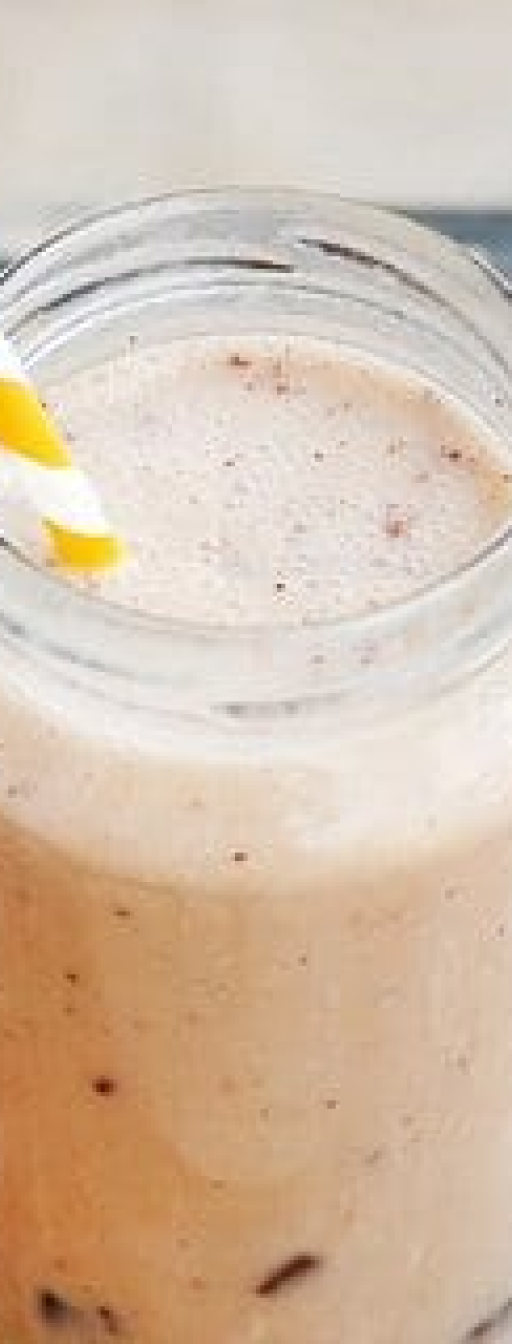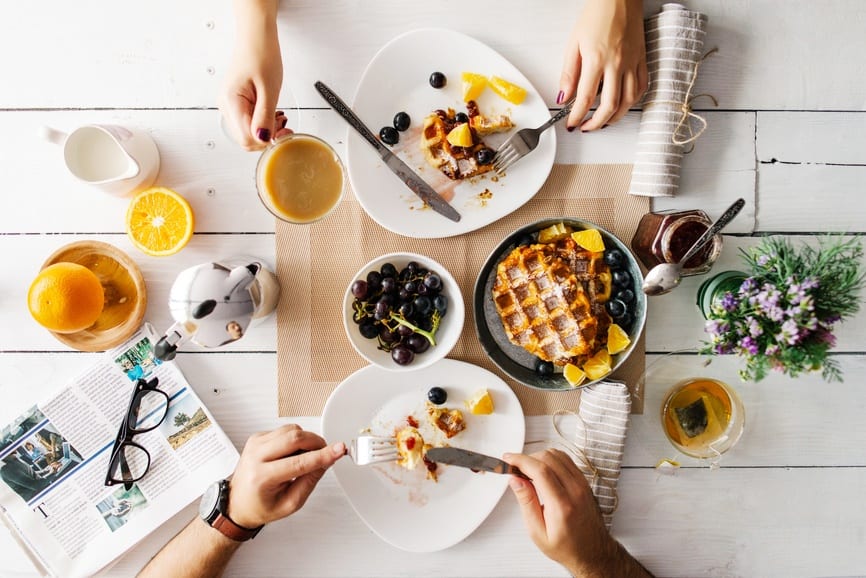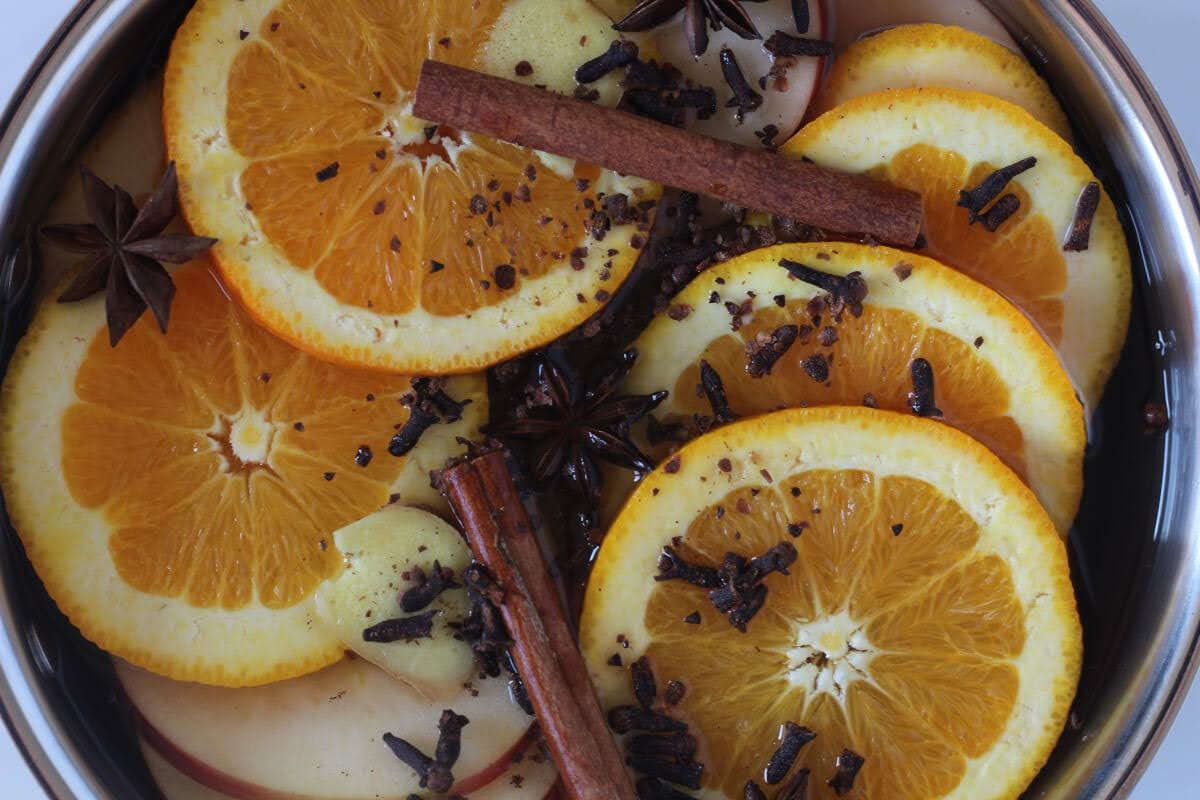
Many of us suffer from constipation, bloating, migraines, joint pain, skin rashes, and fatigue. We assume these symptoms are “normal” because we’ve lived with them our entire lives, or we chalk them up to the aging process. However, all of these maladies may be attributed to the foods we eat every day – even the ones we perceive as healthy.
As part of the 21-Day Clean Program, we avoid the most triggering of these foods to relieve the burden on the immune and digestive systems. This temporary pause helps us make a connection between the symptoms we feel and the foods we eat.
FOOD INTOLERANCES
Food intolerance affects as much as 10 percent of the U.S. population. It occurs when a person lacks a specific enzyme for proper digestion, or when his or her threshold for processing certain food compounds or chemicals is exceeded. Symptoms of a food intolerance can strike several hours after digesting a particular food, like dairy or gluten, making it difficult to diagnose.
In addition to the millions of us who suffer from a sneaky food intolerance, the Centers for Disease Control and Prevention estimates that 4 percent of Americans have a food allergy, the most prevalent of which is shellfish. Other common food allergies include fruits and vegetables, dairy, and peanuts. It can be easier to identify a food allergy, as the reaction typically happens within a few minutes to a couple of hours after eating.
We often hear about the eight major foods that are responsible for 90 percent of allergic reactions, but there are actually more than 160 foods that can activate sensitivities.
WHY CAN’T I EAT ______ ?
We’re often asked why certain foods are excluded from the Cleanse Diet, especially when they appear to be healthy. “Strawberries and tomatoes – really?” Yes, really! Many of the foods we eat every day contain pesticides, have an acidifying effect on the body, are mucus-forming or inflammatory, or are simply difficult for us to digest. By avoiding these foods for 21 days, you will be in a good place to re-introduce potentially triggering foods and see how they affect you.
Let’s start with a few of the major allergenic foods.
Why can’t I eat peanuts?
Peanuts are the most common food allergy among kids. While about 20 percent of children with a peanut allergy eventually outgrow it, this leaves millions of American adults with a food sensitivity. Even those who do not have a peanut allergy may experience a negative reaction to peanuts, whether due to chemicals in non-organic peanuts or a toxic mold called aflatoxin in organic varieties.
Why can’t I eat dairy?
Like peanuts, milk, cheese, yogurt, and butter often contain aflatoxin, which has been linked to liver problems, impaired immune function, and malnutrition. Dairy products are also highly mucus forming and create acidity in the body. When yogurt is pasteurized, it undergoes a heating process that diminishes the nutritional content. Eggs are another common allergy we avoid on the Cleanse Diet.
Why can’t I eat gluten?
Gluten is a protein found in wheat, barley, farro, rye, spelt, and kamut. Many people have a gluten sensitivity they’re unaware of. A gluten intolerance is not the same as celiac disease, but the symptoms are similar. Gluten is linked to many inflammatory health issues including digestive problems, brain disorders, skin conditions, and insulin resistance.
Why can’t I eat certain types of fish and animal proteins?
Warm water fish, tropical fish, and shellfish have a higher risk of carrying parasites and of heavy metal contamination. Red meat is stuffed with hormones and antibiotics, is highly acidic to the body, and puts unnecessary stress on the organs.
Why can’t I eat soy or corn?
Soy is a very common allergen. It’s often genetically modified and can cause hormone disruption in both men and women. Corn is also a common allergen that is typically genetically modified. Additionally, corn is high in sugar and can spike our insulin levels, which can ultimately make us want to eat more.
Why can’t I eat specific fruits and veggies?
We avoid nightshade vegetables on the Cleanse Diet, including potatoes, tomatoes, eggplant, peppers, and sweet peppers. Nightshades are often rich in alkaloids that can be mildly toxic to some people, and they are thought to impair digestion and increase inflammation in the body. Oranges, strawberries, and citrus fruits are known to be allergenic foods, while grapefruit blocks certain enzyme processes in the body. We also avoid bananas, as they’re very starchy and sugary (the same goes for bottled fruit juices).
Why can’t I have coffee, alcohol, or sugar?
We call these “the big three” because they are so commonly found in diets and can make a quite a difference eliminating even just for a time. Caffeine and alcohol are both dehydrating and taxing to detox organs. Coffee is addictive and disruptive to your sleep cycle. Alcohol is high in sugar and contains gluten (beer and hard liquor) and sulfites (wine). Sugar in all its forms provides a false sense of energy with zero nutritional value, and numerous studies link it to obesity, high cholesterol, food cravings, and problems sleeping.
A FINAL WORD
While it may seem like there are a lot of foods we have to avoid on the Cleanse Diet, there’s actually a lot left on the table. We’re free to enjoy blackberries, peaches, and mangoes, as well as asparagus, broccoli, chickpeas, quinoa, free-range chicken, salmon, cashews, and dozens of other whole foods.
When we focus on the wide range of delicious, nutrient-dense foods we can enjoy, it makes the process of discovering your healthiest feel more like the exciting journey it is. If it’s your time trying a cleanse diet and you’re apprehensive about avoiding these foods for 21 days, you can even try our mini 7-Day Detox Cleanse to get a sense of what holistic cleansing is all about.
Written by Kate Kasbee
If you liked this article, you might also like Clean Eating Foods – Substitutions to Help Cravings
